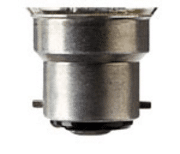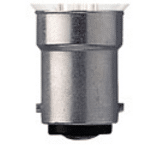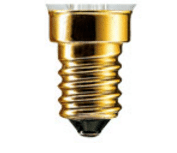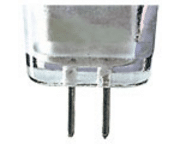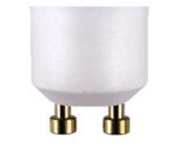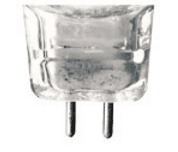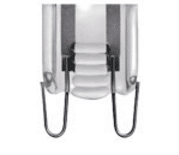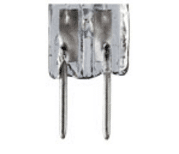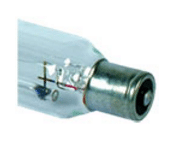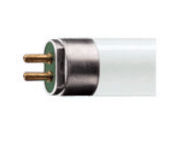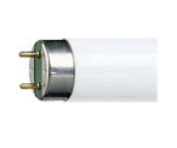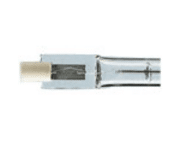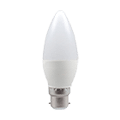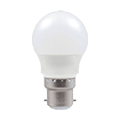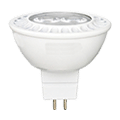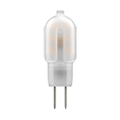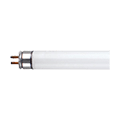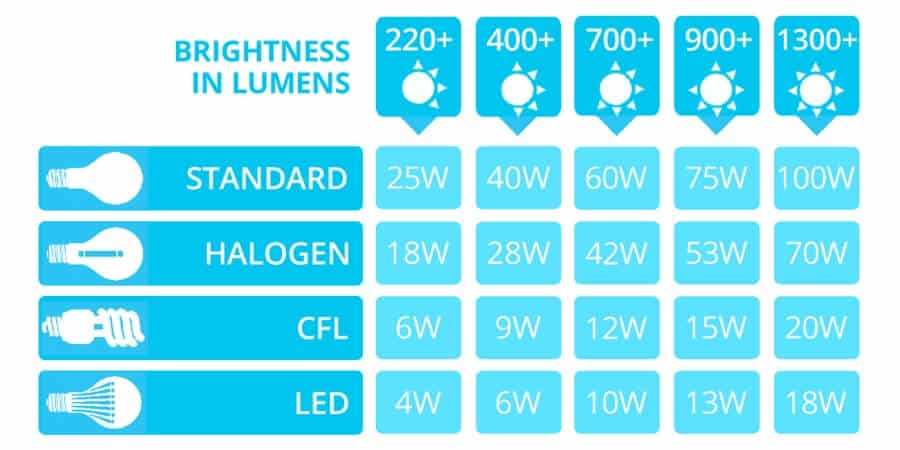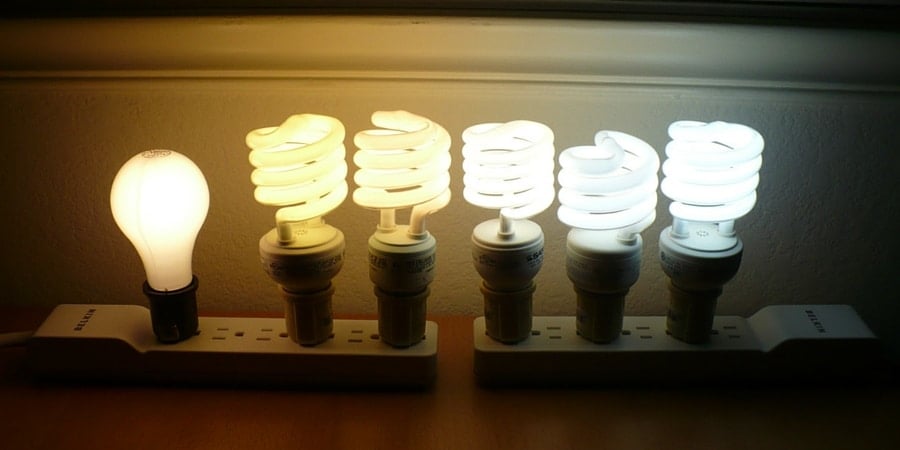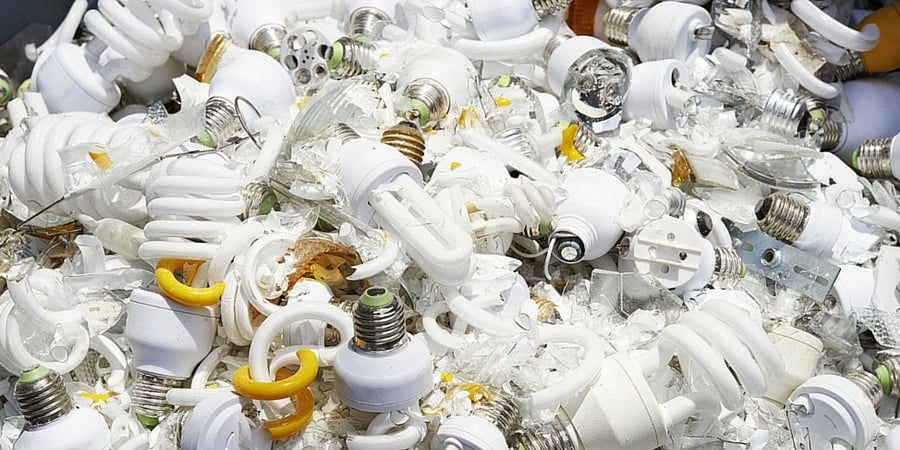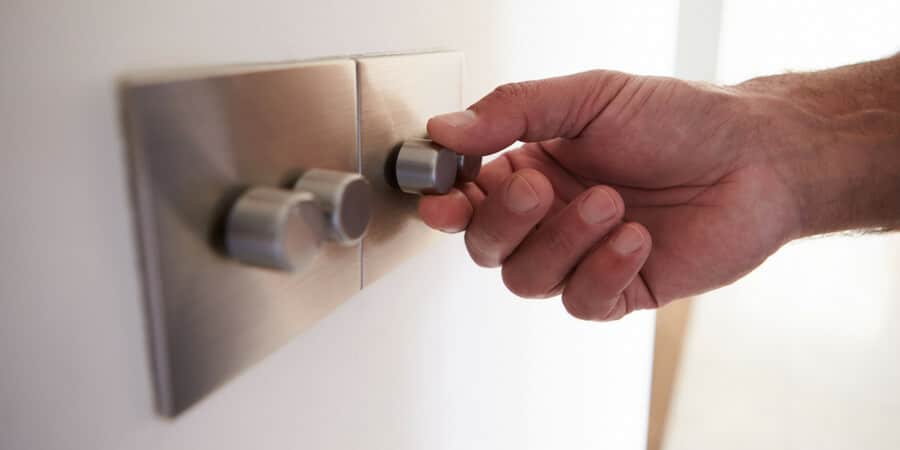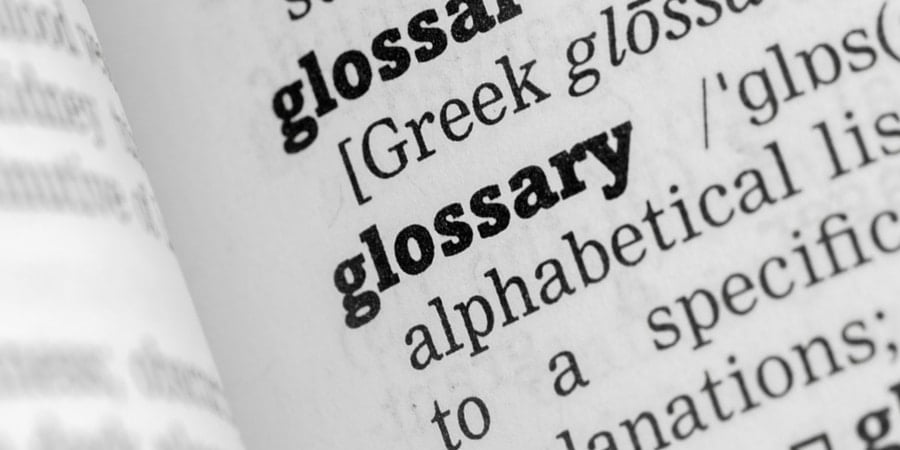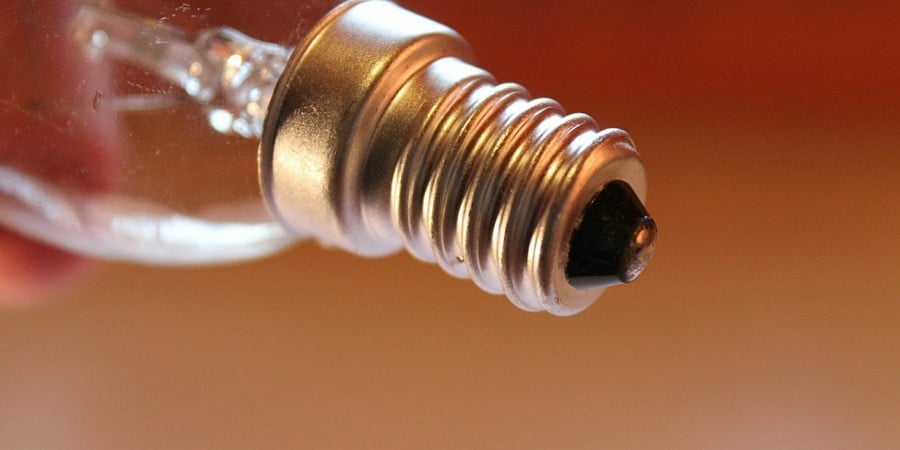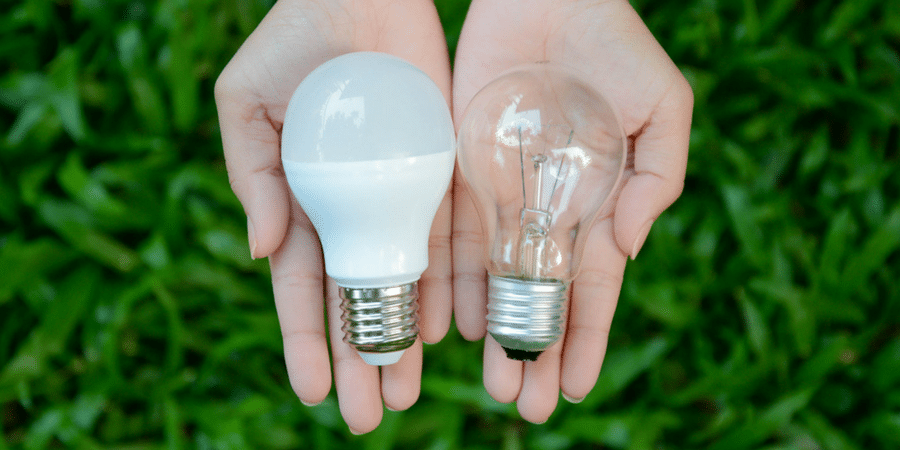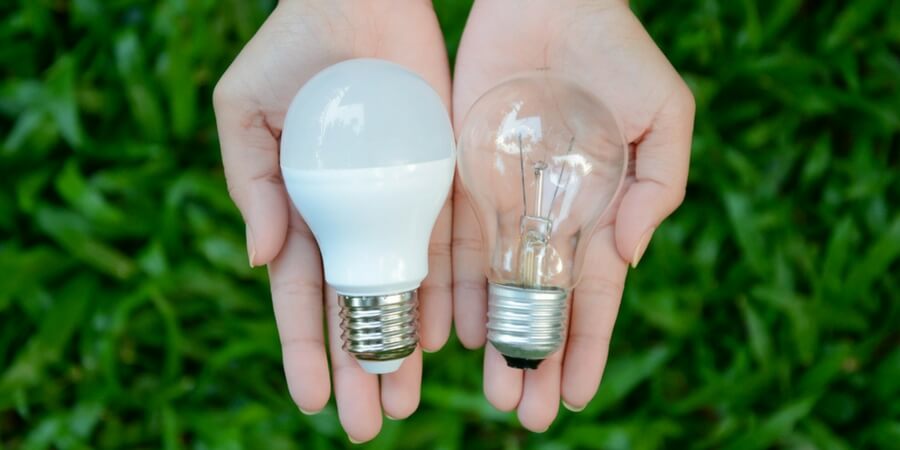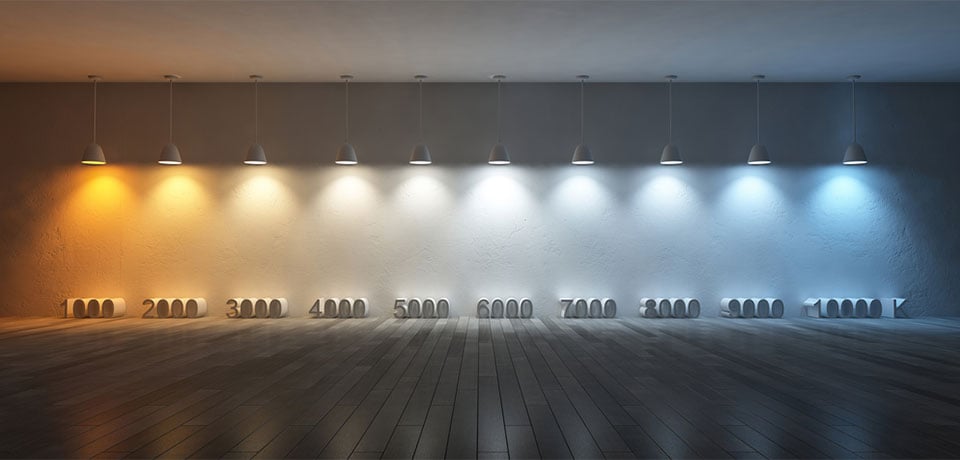If you’re hesitant to make the switch to energy-efficient LEDs, you’re not alone. Thanks to advances in LED technology, you no longer have to sacrifice the familiar warm glow of a traditional incandescent bulb if you want to upgrade to efficient lighting. Today’s LEDs are capable of replicating the look and feel of an incandescent bulb without wasting excess energy. Not only do they take less energy to power, LEDs also last significantly longer, are more durable, and are just as cheap as a traditional bulb.
Use this chart to compare incandescents with LEDs:
|
||
|---|---|---|
| Type | LED | Incandescent |
| Watts | 10W | 60W |
| Life Span | 25,000+ hours | 1,000-2,000 hours |
| Initial Cost | £2-15 | £2-6 |
| Cost per Year | £3.60 | £23.88 |
| Dimmable | ||
| Light Source | Directional light | All-around light |
| Heat Generation | Beams emits no heat | Releases 90% of its energy as heat radiation |
| Durable | More durable - no filament | Easier to break - fragile filament, glass bulb |
| CO2 Emissions per Year | 28.8 kg | 172.68 kg |
Read More
Find answers to all your questions about LEDs in the rest of our Ultimate Guide to LED Lights:
Part 1: What is an LED and How Do LEDs Work?
Part 2: Advantages of LEDs
Part 3: LEDs vs. Traditional Incandescent Lights (you’re here!)
Part 4: Switching to LEDs in 5 Steps
Part 5: How to Buy LEDs
Part 6: History of LEDs
Part 7: Advanced Features


